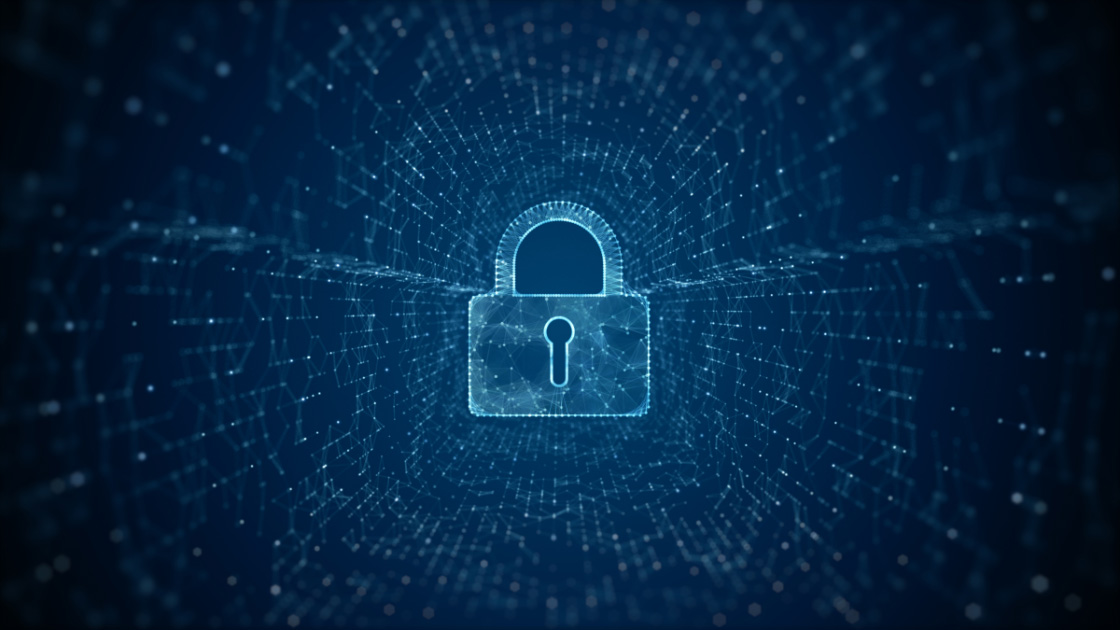In the dynamic landscape of research, where data is the currency of progress, the threat of fraud looms large. Fraudulent activities in research can undermine the integrity of findings, erode public trust, and hinder scientific advancements. To safeguard the credibility of research, a robust fraud prevention framework is essential. In recent times, technology has emerged as a crucial ally in this pursuit. This article delves into the intricacies of fraud prevention in research, spotlighting the pivotal role technology plays in fortifying the scientific landscape.
The Landscape of Research Fraud
Before we explore the technological interventions in fraud prevention, it’s crucial to understand the multifaceted nature of research fraud. Fraud in research can manifest in various forms, including data fabrication, falsification, plagiarism, and unethical research practices. Such activities not only compromise the validity of research but also have far-reaching consequences for academia, industries, and society at large.
The Impact of Fraud on Research
Erosion of Credibility
Research is built on trust. When fraudulent activities come to light, whether it’s the fabrication of results or the manipulation of data, the entire foundation of trust crumbles. This erosion of credibility not only affects the individual researcher but also casts a shadow on the entire field of study.
Stifling Scientific Progress
Fraudulent research misdirects the efforts of other researchers who build upon existing knowledge. This diversion hampers the progress of science and can lead to wasted resources as other researchers unknowingly pursue avenues built on false premises.
Diminished Public Trust
Public trust is vital for the acceptance and application of scientific advancements. Research fraud damages this trust, making it harder for the public to embrace and benefit from the genuine breakthroughs that emerge from the scientific community.
The Traditional Approaches to Fraud Prevention
Historically, preventing and detecting research fraud relied heavily on manual methods and ethical guidelines. Peer review, a cornerstone of academic research, is designed to ensure the quality and integrity of research findings. However, this process is not foolproof, and instances of fraud slipping through the cracks are not uncommon.
In addition to peer review, academic institutions and journals implement plagiarism detection tools to identify copied or unoriginal content. While effective in catching blatant instances of plagiarism, these tools might not be as adept at uncovering more sophisticated forms of data manipulation or fabrication.
Technological Advances in Fraud Prevention

Data Analytics and Machine Learning
One of the most significant contributions of technology to fraud prevention in research is the advent of data analytics and machine learning. These technologies can sift through massive datasets, identifying patterns and anomalies that may indicate fraudulent activities.
Machine learning algorithms can be trained to recognize normal patterns in data and raise red flags when deviations occur. This is particularly valuable in detecting subtle manipulations that might go unnoticed through traditional methods.
Blockchain Technology
Blockchain, often associated with cryptocurrencies, has found a new application in research. By creating a decentralized and tamper-proof ledger of transactions, blockchain ensures the immutability of data. This makes it exceedingly difficult for malicious actors to alter or fabricate research data without leaving a trace.
Implementing blockchain in research can enhance transparency and accountability, providing a secure and trustworthy record of the entire research process, from data collection to publication.
Electronic Lab Notebooks
Transitioning from paper-based lab notebooks to electronic lab notebooks (ELNs) has streamlined the research documentation process. ELNs offer version control, audit trails, and secure access controls, reducing the likelihood of data manipulation and providing a comprehensive record of the research journey.
Researchers can benefit from the real-time collaboration capabilities of ELNs, ensuring that all contributors have visibility into the evolving research landscape. This not only promotes transparency but also acts as a deterrent to fraudulent activities.
Image and Data Forensics
In fields where visual data is prevalent, such as medical imaging or environmental monitoring, image forensics plays a crucial role. Advanced image analysis tools can detect alterations, ensuring the authenticity of visual data.
Similarly, data forensics tools scrutinize datasets for signs of manipulation or fabrication. These tools employ statistical methods and algorithms to identify irregularities that may indicate fraudulent practices.
Cybersecurity Measures
As research becomes more dependent on digital platforms and collaboration tools, securing the digital infrastructure is paramount. Cybersecurity measures, including robust authentication protocols, encryption, and secure data storage, safeguard research data from unauthorized access and tampering.
Challenges and Ethical Considerations
While technology presents a formidable arsenal in the fight against research fraud, it is not without its challenges and ethical considerations.
Balancing Privacy and Transparency
As technology facilitates greater transparency in research processes, concerns about the privacy of individuals involved in studies become more pronounced. Striking a balance between transparency and privacy is a delicate challenge that researchers and technologists must navigate.
Algorithmic Bias
Machine learning algorithms are only as unbiased as the data used to train them. If the training data itself is biased, algorithms can perpetuate and even exacerbate existing biases. This is a critical consideration in fraud prevention, as biased algorithms could disproportionately flag certain researchers or types of research, leading to unfair scrutiny.
Accessibility and Affordability
Not all research institutions, especially those in developing regions, have equal access to advanced technological tools. Ensuring that fraud prevention technologies are accessible and affordable for researchers worldwide is crucial for maintaining the integrity of global research efforts.
Ethical Use of Blockchain
While blockchain can enhance the security and transparency of research, its implementation must adhere to ethical principles. Ensuring that blockchain is used responsibly, without infringing on privacy rights or concentrating power inappropriately, is a challenge that the research community must address.
The Future of Fraud Prevention: Collaboration and Education

As technology continues to evolve, so too must the strategies for fraud prevention in research. A holistic approach that combines technological innovations with collaborative efforts and education is the key to a resilient fraud prevention framework.
Collaborative Platforms
Creating platforms that facilitate collaboration between researchers, institutions, and technology developers can foster the exchange of best practices and the development of standardized tools. Open communication channels can also act as a deterrent, as the collaborative nature of research makes fraudulent activities more difficult to conceal.
Continuous Education and Training
Education is a potent weapon against research fraud. Institutes and organizations should invest in ongoing education and training programs that familiarize researchers with evolving technologies and ethical research practices. Empowering researchers with the knowledge and tools to navigate the ethical complexities of their work is fundamental to maintaining research integrity.
Global Standards and Guidelines
Establishing global standards and guidelines for research integrity can create a cohesive framework that transcends borders. This ensures that all researchers, regardless of their geographic location or institutional affiliation, adhere to a common set of principles, making it harder for fraudulent practices to thrive.
Conclusion
In the ever-expanding realm of research, technology stands as a stalwart guardian against the looming threat of fraud. From advanced analytics and blockchain to cybersecurity measures and electronic lab notebooks, technological innovations are reshaping the landscape of fraud prevention. As we navigate the challenges and ethical considerations inherent in this journey, a collective commitment to collaboration, education, and global standards will fortify the foundation of research integrity. By harnessing the power of technology and fostering a culture of transparency, the research community can ensure that the pursuit of knowledge remains a beacon of truth, undiminished by the shadows of fraudulent activities.
Have a project that you’re looking to field?
Logit can help. Just fill out the form below and a Logit Group team member will be in contact with you shortly. Get a quote today.





